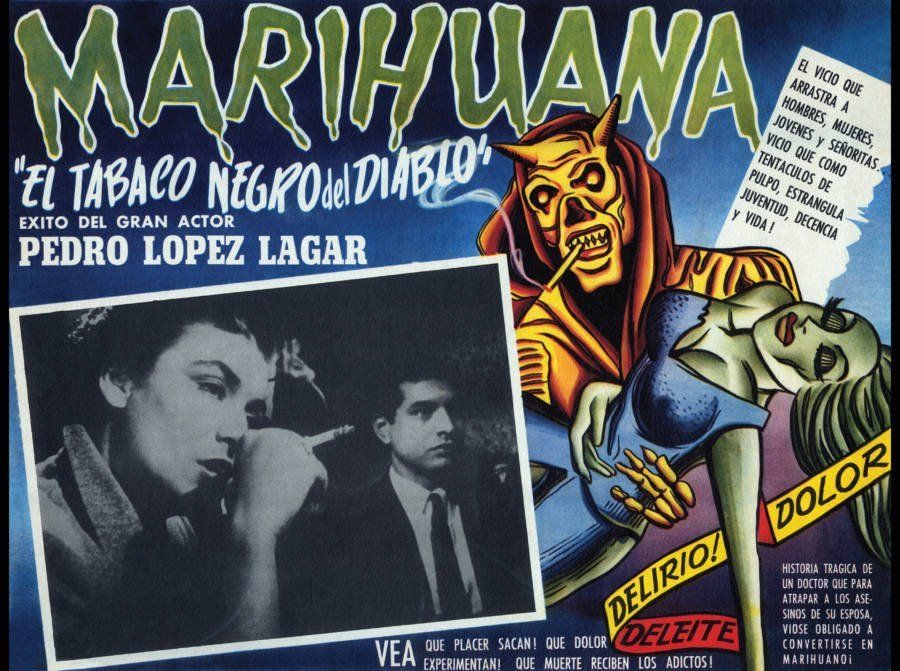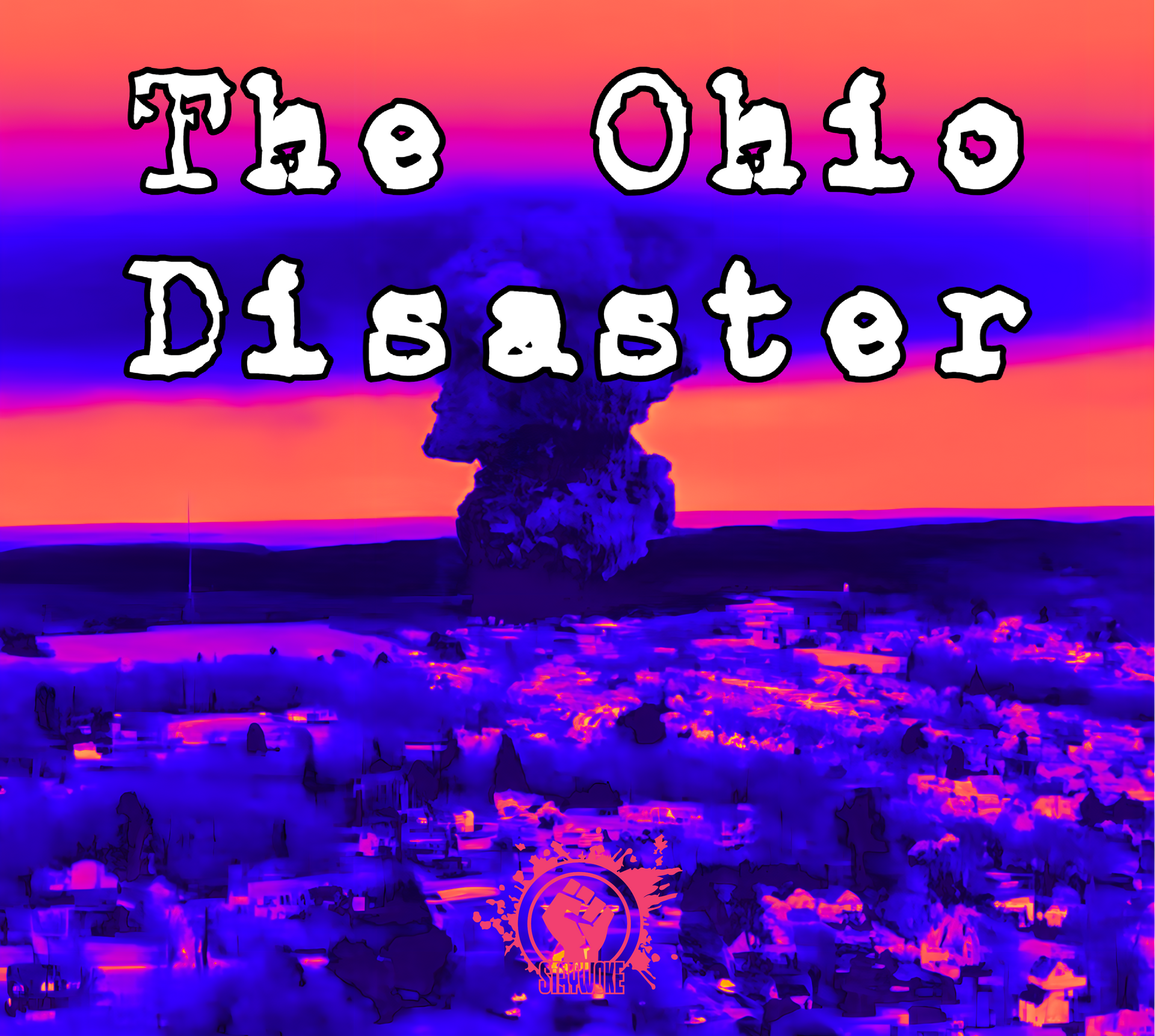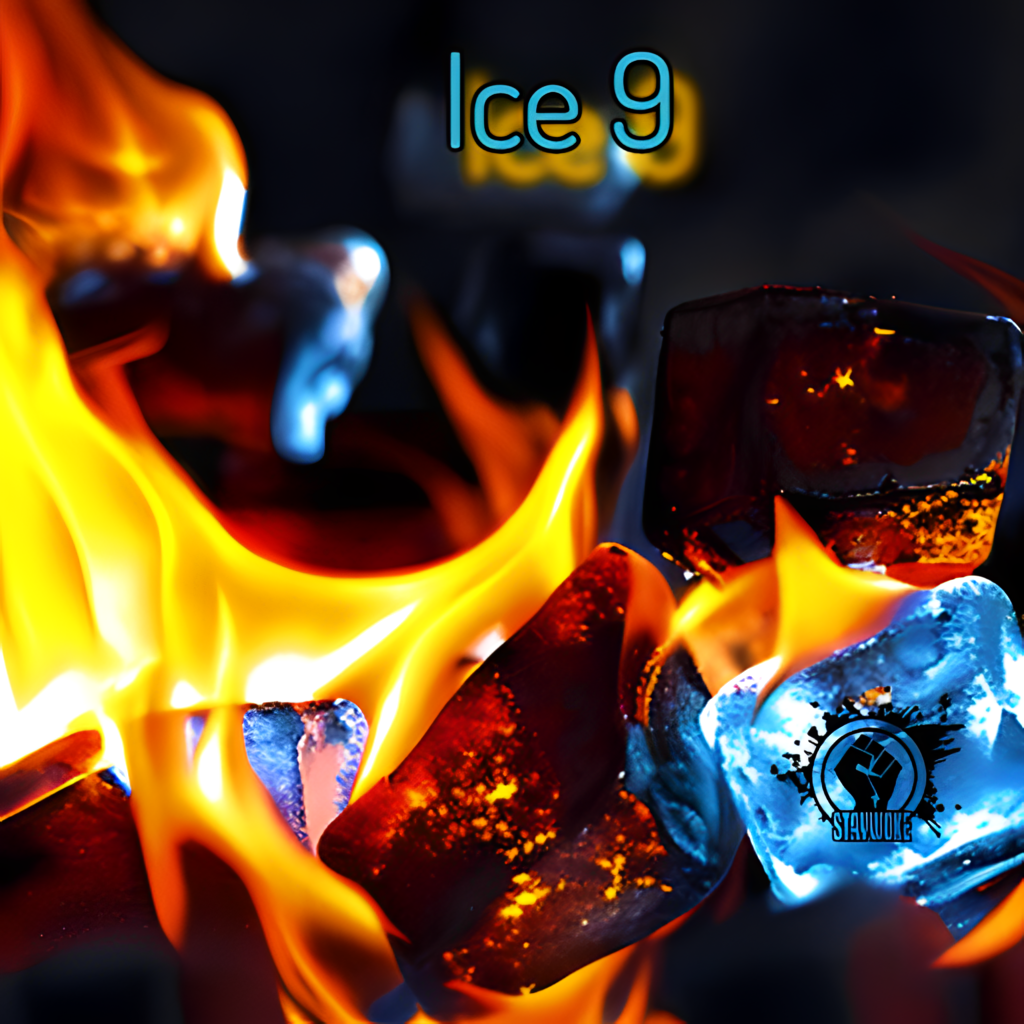Fear Mongering
Example - Professional fearmongers draw a larger, more receptive audience than purveyors of restrained analysis.
Propaganda often utilizes multiple techniques and appeals to emotion; these can be easy for the consumer to understand by taking a step back and examining a piece of propaganda. Far harder to pinpoint may be the producer or source of the material. Propaganda is classified into three types related to what is perceived to be the origin of the message. Those who create propaganda can be either transparent or strategic in their presentation of propaganda since individuals focus not only on the message but also on the source of the message when evaluating propaganda.
Most examples of propaganda are white propaganda , which is created by a source and clearly presented as originating from that source. Campaign ads on television in the United States are required to state who financed and produced the ad. Military propaganda by British, Israeli, or Singaporean governments is clearly presented as a message from the state. While most propaganda is white propaganda, many people assume all propaganda is white, and thus that all propaganda is being honest about its origins, or even being clear about being propaganda at all.
Black propaganda is propaganda which is created by one group and then attributed to a different group, so that the origins of the propaganda is reversed. This discredits the group that has supposedly created the propaganda, making this the most insidious form of propaganda. Today much of the debate over fake news in the United States consists of individuals on both sides creating inaccurate or extreme stories and then attributing them to opposing sides.
Grey propaganda is information that is released to the public that has no clear origin whatsoever. Instead, the goal is to sway public opinion without them understanding where that information came from. Often, gray propaganda is deliberately absurd or extreme so that viewers are actually pushed in the other direction. These are often fear mongering campaigns designed to create false concerns and push voters in a desired direction. In many cases, alternative facts and ideas are injected into the public sphere via social media and serve to shape public opinion to the benefit of whichever group created the alternative narrative.
What does it look like?


History
The 1918 flu . The flu epidemic of 1918 started as a mild disease in the spring, called the “ 3-day fever.” Most victims recovered in a few days; there were few deaths. Then in the fall, it turned into something far more severe. It was the same flu strain, but it had become more virulent. Some victims died within hours. Healthy young adults were as susceptible as children and the elderly. It affected remote villages as well as urban areas. It attacked 1/5 of the world’s population, ¼ of the US population, and killed 50 million people.
Wartime conditions may have favored the evolution of a more virulent strain. In peacetime, the sicker stay put and the mildly affected move around. In the trenches, the mildly affected stayed on duty and the sicker were sent on crowded trains to crowded field hospitals. Today, places with social upheaval might have similar effects favoring a virulent strain.
The 1976 swine flu . In February 1976 a strain of H1N1 influenza similar to the 1918 strain killed a soldier at Fort Dix. Officials feared a pandemic and over-reacted. In actuality, the H1N1 strain was limited to the Fort Dix area and quickly died out, and another related strain only persisted until March. Nevertheless, a swine flu vaccine was developed and was given to 48,000,000 Americans, 22% of the population. The soldiers at Fort Dix who were said to have had Swine Flu had been injected with a large variety of vaccines like the vaccines which caused the 1918 flu epidemic. The flu epidemic at Fort Dix was in no way related to swine. There were no swine at camp (unless we want to sarcastically call the vaccine promoters who caused the diseases -”swine.”) To add to the confusion, the doctors tell the people that there are a lot of various kinds of flu; the one which the soldiers at Fort Dix had was AVictoria flu, there are other strains of flu virus, and also, that the swine flu vaccine which so many people have taken already will not protect them against the many other types of flu. This will be used as an “out” in case of law suits later on when more casualties begin to show up. The doctors will say that the vaccine failed because it was the wrong kind of flu for the vaccine. Of course, no one can prove it one way or the other because viruses are illusive, invisible organisms which are unstable and unpredictable. One dictionary definition of virus is “a morbid poison.” The vaccines injected into the body are poison and cause the typical poison reactions. Virus (poison) does not fly around and attack people.
The vaccination program was stopped in December after 532 cases of paralysis from Guillain-Barré syndrome were linked to the vaccine and 25 people died. It had been a false alarm, and more people died of the vaccine than of the disease. The risk of getting Guillain-Barré from the vaccine was approximately 1 in 100,000.
The 2009 swine flu . Between April 15 and July 24, 2009, there were 43,771 confirmed and probable cases of H1N1 influenza (“swine flu”) in the US. There were 5,011 hospitalizations and 302 deaths, 39% among those aged 25 to 49, in contrast to the usual flu where 90% of the deaths are in people over age 65. For comparison, the more common strains of flu have been killing around 36,000 people a year in the US. Swine flu has been declared a phase 6 pandemic by the World Health Organization: that is a measure of its spread, not of its severity.
What are the chances that the new swine flu will follow the course of the 1918 flu? We have no way of knowing. All we can do is hope for the best and prepare for the worst. In addition to the annual flu vaccine for the usual common strains, a specific vaccine for the H1N1 strain is being prepared and tested to see whether one or two shots will be needed to produce a satisfactory immune response. So we may be offered as many as 3 shots this year. Supplies will be limited, at least in the short run, so the CDC has announced these priorities:
- Pregnant women
- Household contacts and caregivers for children younger than 6 months of age
- Healthcare and emergency medical services personnel
- All people from 6 months through 24 years of age
- Persons aged 25 through 64 years who have health conditions associated with higher risk of medical complications from influenza.
What if it fizzles out like the swine flu of 1976? That’s already ruled out: the 1976 flu had fizzled by March; the new swine flu hasn’t shown any signs of fizzling yet. We will be monitoring numbers of cases and vaccine complications very carefully, assessing the risk/benefit ratio, and we’re not likely to repeat the mistakes of 1976.
Since the beginning of the COVD19 issue, there have been many things that have made We The People question and ponder our worst fears financial and otherwise. There are consistent updates on every medium of attention imaginable and no way to escape the constant injections from the media of panic. Don't Spread fear. Instead, spread information rooted from primary resources.



